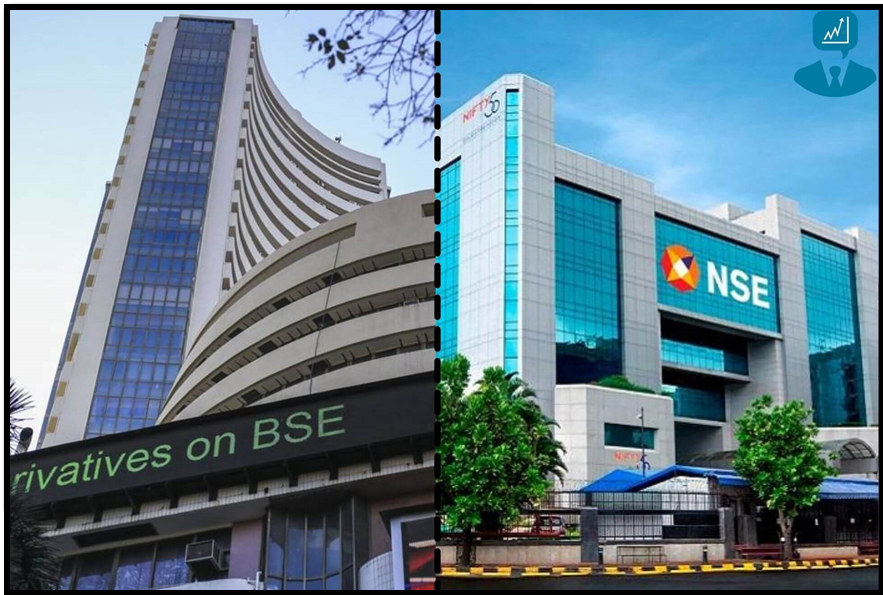THE EVOLVING TRUST IN THE STOCK MARKET
Syllabus:
- GS-3- Economic and overall development , Stock market and the growing share of it.
Focus :
- The article focuses on the evolving trust in the stock market, driven by unprecedented liquidity, central bank policies, and changing investor behavior. It explores the factors sustaining the bullish trend, the challenges faced by fund managers, and the potential risks and future outlook for market stability amidst ongoing economic uncertainties.
Source - ET
Introduction-Historical Perspective:
- The stock market has transformed from an opaque “satta bazaar” to a domain commanding significant trust
- This evolution reflects a broader societal change in the perception of equity markets.
Current Market Sentiment
1.Unpredictability of the Market:
- Even the most seasoned experts struggle to predict potential downturns in the stock market.
- The current bullish trend defies traditional valuation metrics and historical precedents, fostering a widespread belief in the market’s perpetual upward trajectory.
2.Drivers of Market Optimism:
- Investors, both small and large, are buoyed by the belief that equities are the best investment.
- Larger stakeholders are motivated by business interests, political factors, and the need to sustain the bullish narrative.
Post-Election Market Predictions
1.Accurate Forecasts:
- High-profile figures accurately forecasted post-election market behavior, though their election outcome predictions were less precise.
- These accurate market predictions have contributed to the perception of an ever-rising market.
2.Cyclical Nature of Markets:
- Despite the current optimism, equity markets are traditionally cyclical.
- There is speculation about whether the current cycle is extending longer than usual due to unprecedented liquidity.
| Major Stock Exchanges in India
1.Bombay Stock Exchange (BSE)
2.National Stock Exchange (NSE)
3.Multi-Commodity Exchange (MCX)
4.National Commodity and Derivatives Exchange (NCDEX)
5.India International Exchange (India INX)
6.NSE IFSC
7.Indian Commodity Exchange (ICEX)
8.Calcutta Stock Exchange (CSE)
9.Metropolitan Stock Exchange (MSE)
|
Role of Central Banks and Liquidity
- Since 2009, there has been a strong positive correlation between central bank balance sheet expansions and leading equity indices.
- Central banks injected substantial liquidity to support economies during crises, which continues to buoy stock markets.
Post-Pandemic Economic Policies:
- Following the pandemic, central banks were slow to withdraw the injected liquidity, fearing financial instability and economic uncertainty.
- This sustained liquidity has reinforced positive market sentiment.
Changing Investor Behavior
1. Influence of Low Interest Rates:
- Sharp cuts in interest rates and the abundance of liquidity have had a profound impact on investor behavior.
- The strong post-COVID market rebound has showcased the potential gains from staying invested, attracting more retail investors.
2. From Skepticism to Trust:
- The transformation from viewing the stock market as a speculative arena to a trusted investment platform is evident.
- This change is driven by the significant returns observed by staying invested in equities.
Market Resilience and Potential Risks
1. Questioning Market Resilience:
- Despite positive sentiment, there are reasons to question the sustainability of current market flows.
- Factors such as declining net financial savings, slowed consumption growth, and peak interest rates are potential concerns.
2. Government and Central Bank Actions:
- Governments, particularly in the US and India, have increased spending to boost investments and consumption.
- Central banks are buying gold to cushion against geopolitical risks, reflecting cautiousness despite market buoyancy.
Market Dynamics and Future Outlook
1.Challenges to Market Decline:
- Market participants question the likelihood of a market decline, considering the lack of substantial selling pressure and continuous inflows into mutual funds and SIPs.
- Traditional market dampeners exist but have not significantly impacted sentiment due to the liquidity-driven market environment.
2.Counterbalancing Factors:
- Potential increases in short-term capital gains tax or higher securities transaction taxes are seen as insufficient to disrupt the market.
- Only significant returns on risk-free assets, economic downturns, or major external shocks (like pandemics) could slow down stock investments.
Fund Managers’ Dilemma
1. Investment Challenges:
- Fund managers face challenges in selecting stocks amidst high valuations.
- The pressure to deploy incoming funds contrasts with the caution needed to avoid overvaluation risks.
2. Market Penetration and Household Investments:
- The still under-penetrated market continues to attract household investments, driven by successful marketing campaigns like “Mutual funds sahi hai” (Mutual funds are right).
Conclusion
- The interplay of earnings, sentiment, and liquidity remains crucial for market stability
- As long as sentiment and liquidity are maintained, the market may continue its upward trajectory, even if sector-specific growth falls short.
- While fund managers navigate short-term challenges, the long-term outlook hinges on maintaining the balance of positive sentiment and sufficient liquidity.
- Continued investor confidence and strategic central bank policies will play pivotal roles in sustaining market growth.
Source:The Economic Times
Associated Article :
https://universalinstitutions.com/financial-market-in-india/
Mains Practice Question :
GS-3
“Discuss the evolution of trust in the stock market from being perceived as an opaque speculative arena to a trusted investment platform. Analyze the factors driving this change, the role of central bank policies, and the potential risks and challenges faced by investors and fund managers in the current market environment. (250 words)




